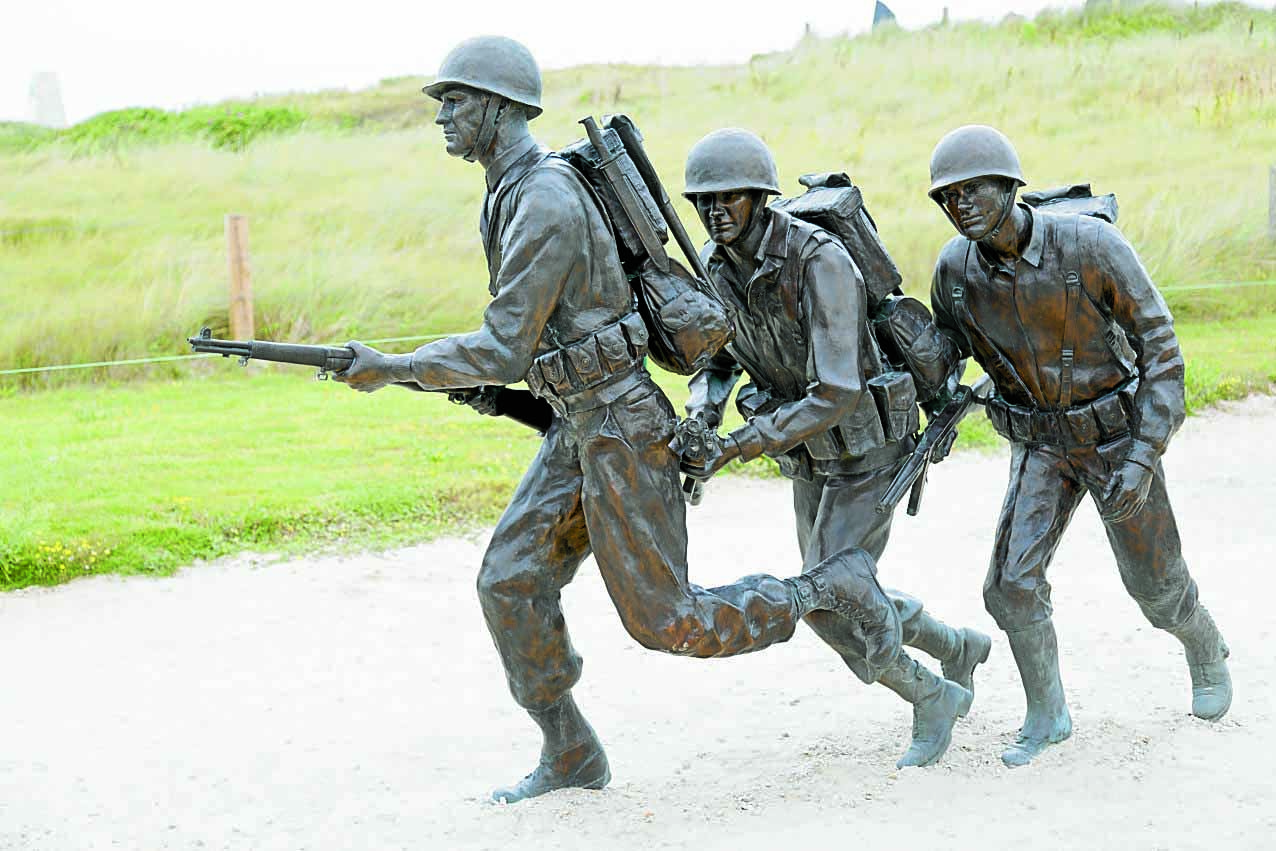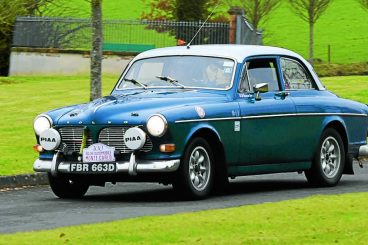ON TUESDAY June 6 1944 World War II took a dramatic twist when Allied troops invaded the French coast.
The D-Day landings in Normandy took the Germans by surprise and were a huge success. And it was all down to months of preparation and training – much of which happened in Dumfries and Galloway.
The Mulberry harbours, used so effectively following the landings, were tested in Wigtown Bay. The area was chosen because its tides were very similar to those in Northern France. Extensive trials of the temporary harbour structures took place in Garlieston and Rigg Bay in 1943 and 1944 and Cairnryan was also selected as a principal construction site for the harbour’s concrete sections.
Furthermore, D-Day training went on at Halleaths near Lochmaben. The mansion there was taken over as an army camp and a reconnaissance unit was stationed there and practised for the landings by embarking from a wooden pier on the golf course, crossing the loch in an assault craft and storming back gardens in Bruce Street.
Annan also played its part in training troops for Normandy. RAF Annan at Chapelcross was in operation from 1942-44 and trainee pilots carried out practice runs using the Solway as a stand in for the English Channel.
Many of the skills they learned locally were put to good use on June 6 in France.
Meanwhile, along the Solway coast and on the moors of Wigtownshire, trial bomb runs were taking place. One of the country’s largest sea plane bases was set up at Wig Bay and people living locally got used to the sight of flying boats passing overhead. In fact, it was one of the main British bases for the Flying Boat Training Squadron and also had the job of protecting convoys off the Scottish and Irish coasts.
Nearby Loch Ryan came into its own at the end of the war when the German U-boat fleet was destroyed there.
The RAF favoured the area for training and opened Castle Kennedy airfield in 1941. It was an air gunnery school and torpedo training unit and West Freugh was commandeered as a base for bombing trials on targets in Luce Bay.
Night flying was the speciality at The Broats airfield in Kirkpatrick Fleming. The area was used by the Elementary Flying Training Schools for instruction in Magisters and Tiger Moths.
And RAF Dumfries at Heathhall was first used by 19 MU as an aircraft maintenance unit. New plans were sent there to be tested and fitted out for war. Over five years they handled more than 4600 aircraft.























